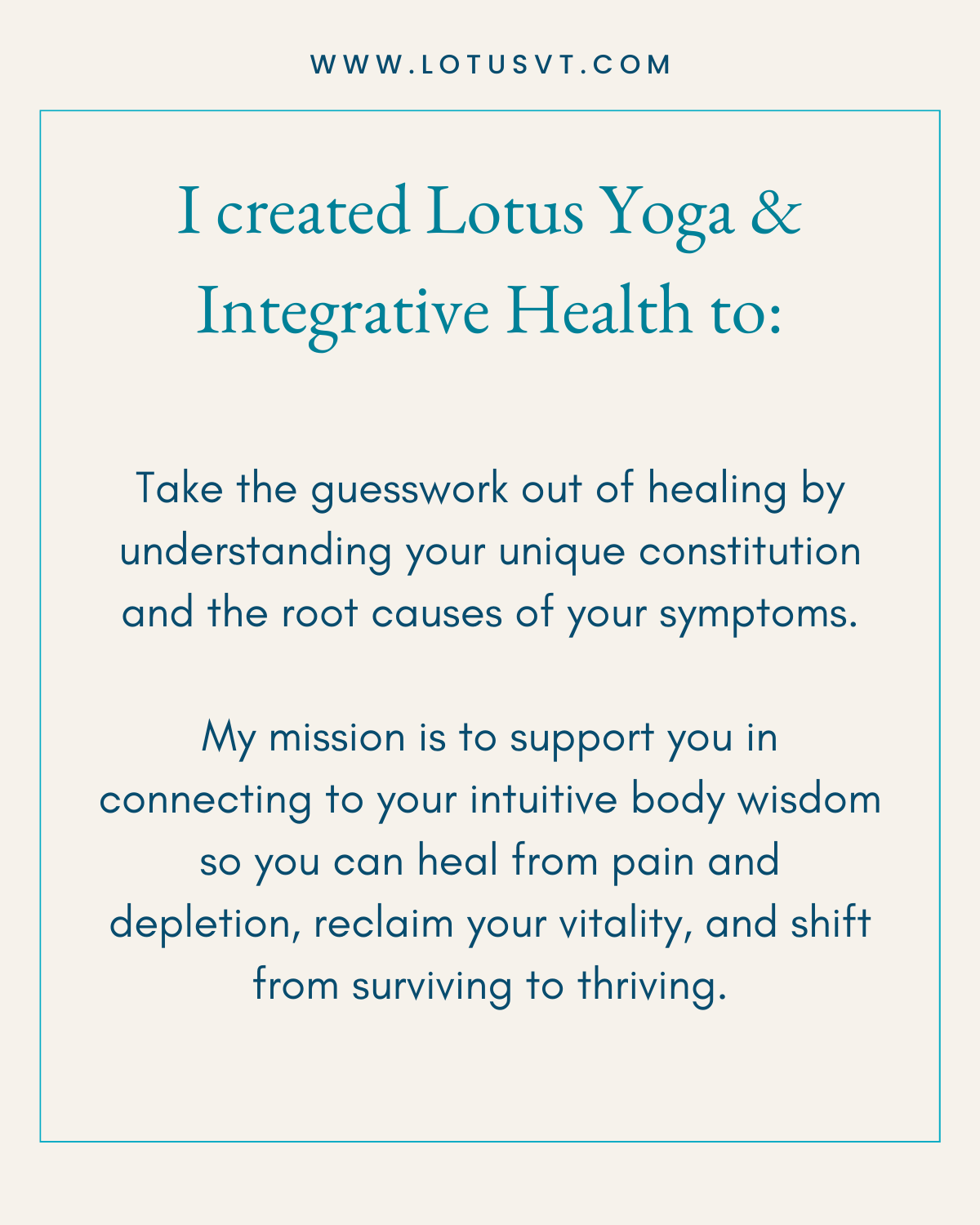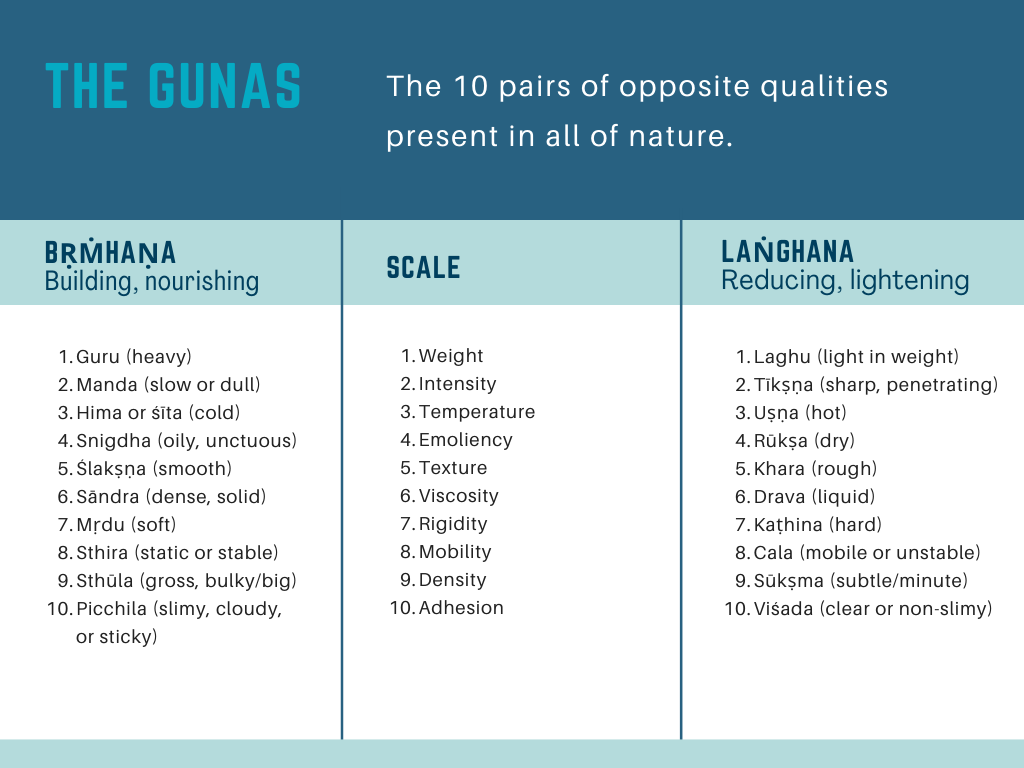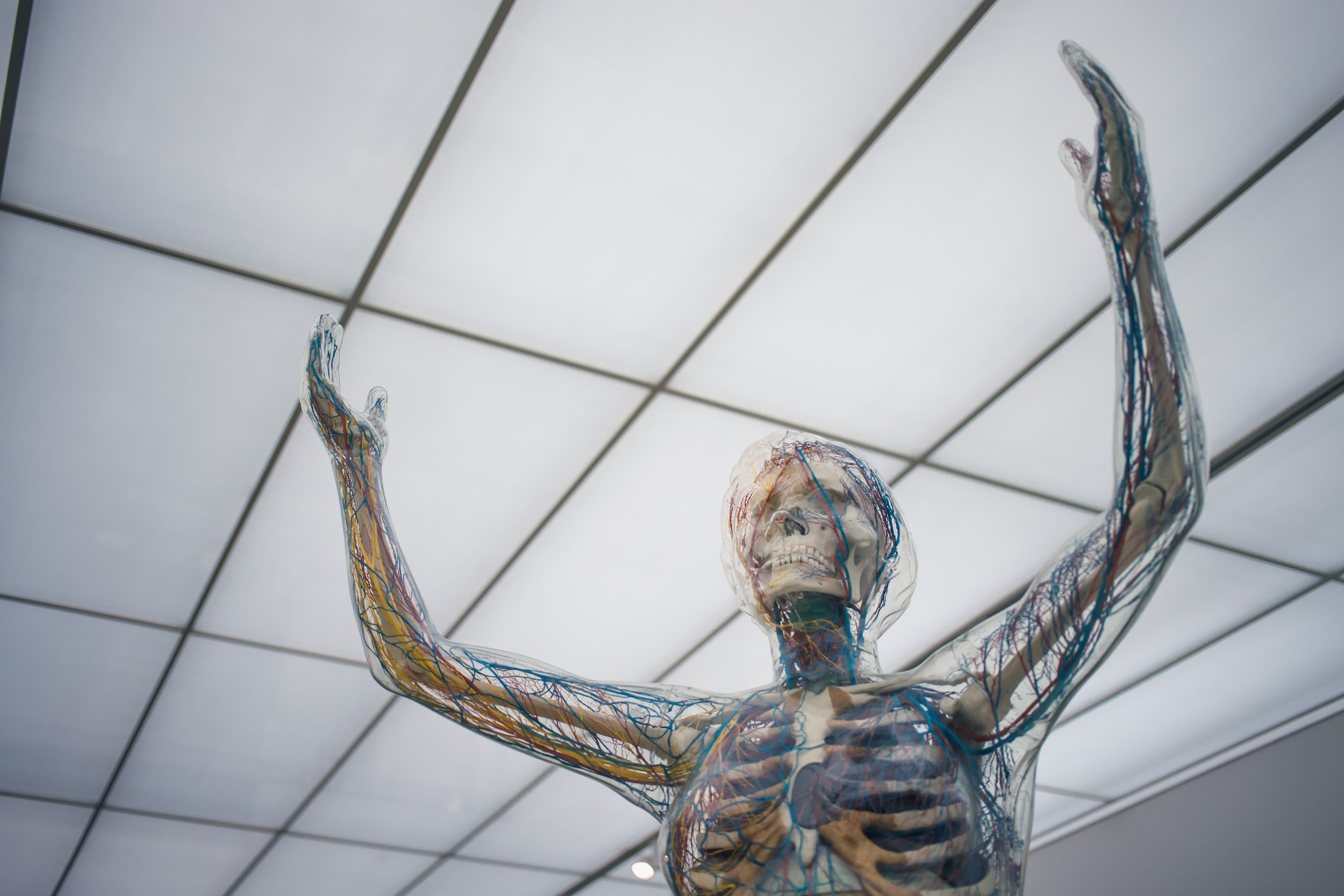search blog posts

What is Craniosacral Therapy?
CranioSacral Therapy is a gentle, profoundly relaxing, hands-on treatment designed to balance the nervous system. It uses light, healing touch to relax the fascia and open space for energy and cerebrospinal fluid to flow. Because pain is both a sign of stagnation and a nervous system response to threat, CranioSacral Therapy is one of my favorite practices for calming the nervous system and relieving pain. Read this blog post to learn more about how CranioSacral Therapy can support your nervous system and help you relieve pain.

Three Ways to Unfreeze Your Nervous System
Did you know that your nervous system has more than two modes? We often talk about the binary between Fight/Flight and Rest/Digest, but there is a third nervous system response called fear immobilization that gets activated when fighting or running won't be effective options. Learn more about what happens when the fear immobilization response is activated and discover three practices to support the vagus nerve and unfreeze the nervous system.

The Big Three and the Key to Unlocking the Mystery
When the body experiences a stressor, such as an injury, illness, or trauma, the immune system, nervous system, and endocrine system all work together to defend against threat and bring the body back into homeostasis. These three systems are interdependent and act as one supersystem, so anything that affects one will affect all three.
This means that healing the nervous system will naturally bring both the immune system and the endocrine system back into balance and vice versa. It is also why persistent pain often progresses into autoimmune and/or endocrine disorders, and why these conditions can be so difficult to manage.

The power of being heard
We have a real problem with our medical system right now. Doctors rely on lab tests and imaging for diagnosis, but the diagnostic tests aren't sensitive enough to detect issues at the early stages. Patients are often told to just come back if it gets worse, and unfortunately, that is exactly what happens. The consequence is that it teaches us to ignore our pain and override our body's built-in protective mechanism.
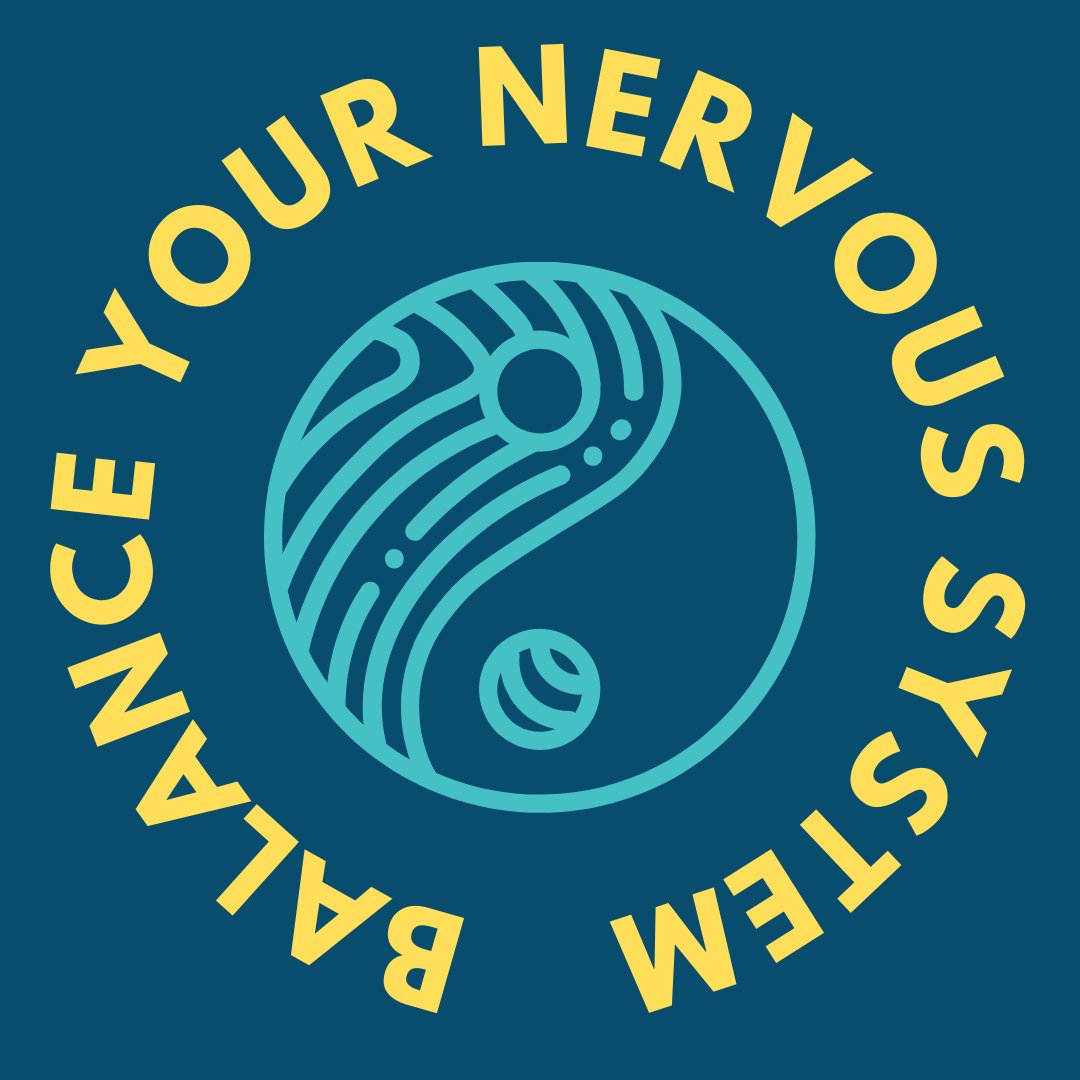
Balance your life, balance your nervous system
Persistent pain that lasts after the tissue has healed means the nervous system needs to heal. Balance your life; balance your nervous system.
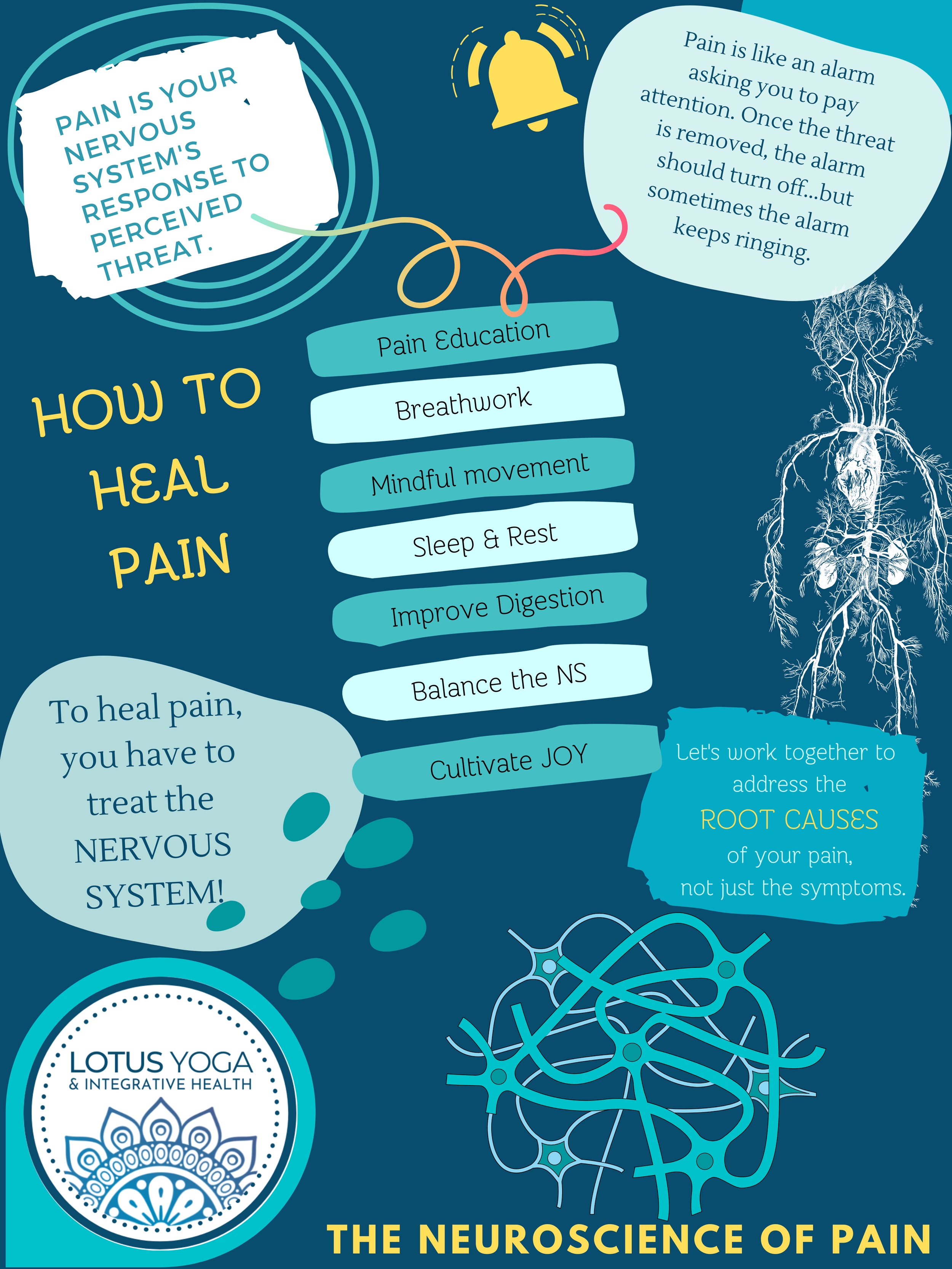
Understanding pain
Pain is your nervous system’s response to the perception of threat. The first step to reducing pain is understanding it. Explaining pain reduces the perception of threat, which reduces pain. As pain comes down, function improves. The next step is to figure out your triggers, and build up your toolbox to help you manage those triggers. As you balance your life, you will start to balance your pain.








